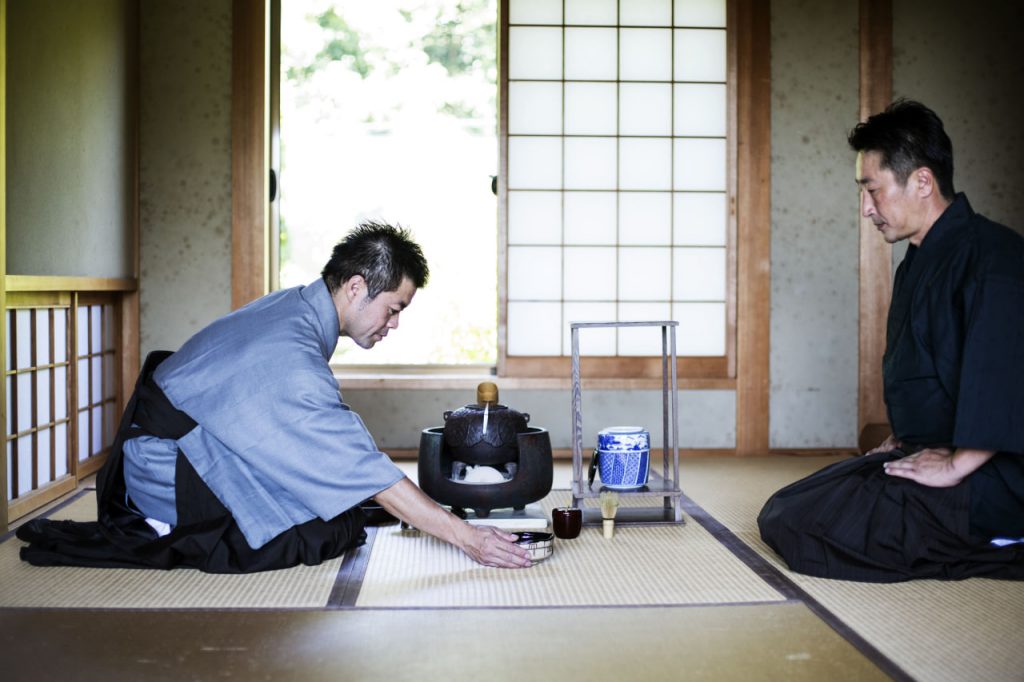At first glance, a tea ceremony may appear simple — a quiet gathering, a bowl of tea, a few carefully placed items. But behind this calm scene lies a world of symbolism, craftsmanship, and centuries-old tradition. Every object used in a tea ceremony has its role, its history, and its meaning. These are not just tools; they are silent participants in a sacred ritual.
Let’s take a closer look at some of the essential utensils that bring the tea ceremony to life.
Chawan — The Tea Bowl
Each chawan is unique, often handmade and shaped by the touch of the artisan. Its texture, weight, and even imperfections are embraced. A summer bowl may be shallow and wide to allow tea to cool faster, while a winter bowl is deep and warming. Holding a chawan in your hands is like holding a piece of earth — grounding and humbling.
Chasen — The Bamboo Whisk
This delicate whisk, carved from a single piece of bamboo, is used to froth the matcha powder into a smooth, vibrant green drink. Its fine tines dance in the bowl, creating the perfect texture. Despite its fragile appearance, the chasen is strong and resilient — a symbol of both discipline and beauty in motion.
Chashaku — The Tea Scoop
Graceful and curved, the chashaku is used to measure and transfer matcha into the bowl. Often made from bamboo or ivory, it represents precision and care. In traditional ceremonies, even the act of scooping tea is performed with intention and respect.
Natsume or Chaire — The Tea Container
These vessels hold the matcha powder before it is used. Natsume is typically used for informal ceremonies and made from lacquered wood, while the more formal chaire is ceramic or porcelain. Each container reflects the aesthetics of the season and the spirit of the gathering.
Fukusa and Chakin — The Cloths
Used for cleansing utensils during the ceremony, these cloths are not just functional — they are symbolic gestures of purity, readiness, and mindfulness. Every fold and movement is part of a practiced dance that transforms cleaning into a ritual of reverence.
In learning the tea ceremony, students come to appreciate these tools not as accessories, but as extensions of the spirit of tea itself. Each object holds centuries of tradition, inviting us to move slower, think deeper, and handle the world with greater care.
At Tea Ceremony School, we not only teach the names and functions of these items — we teach the spirit with which they are used. Through them, we connect to history, to artistry, and to the gentle art of peace through presence.

